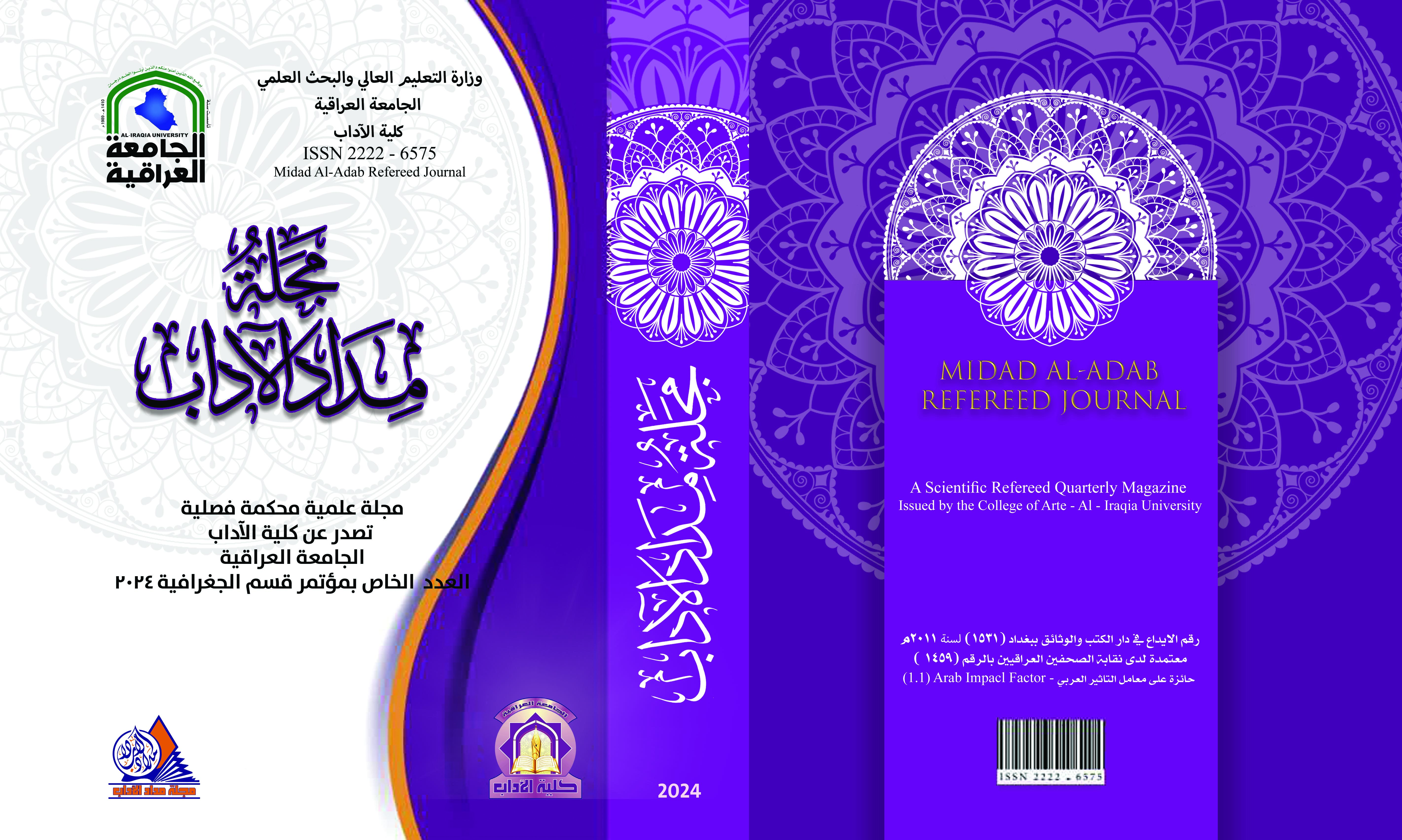Extraction and Automatic Identification of Building Footprints in Satellite Imagery Using Deep Learning Techniques with ArcGIS Pro Application - A Study of Al-Turath District in Al-Diwaniyah City
DOI:
https://doi.org/10.58564/ma.v14iالعدد%20الخاص%20بمؤتمر%20قسم%20الجغرافية.1441Keywords:
Keywords: Artificial Intelligence, Building Footprint Extraction, Deep Learning, Urban Maps, Diwaniyah City, ArcGIS Pro.Abstract
The technological advancements witnessed in the comprehensive coverage of satellite imagery, coupled with the evolution of its data applications, can be celebrated as opening up new horizons in various fields, particularly in the geographic distribution for urban planning and even reconstruction through the automated production of building footprints in urban areas. The integration of various data arises from the availability of remote sensing data sources, enabling the enhancement of the quality and accuracy of residential neighborhood plans, especially with the use of artificial intelligence technologies that are now more widespread than ever before.
Moreover, mere reliance on random and inefficient urban planning, followed by ineffective modeling, is insufficient as it consumes significant time and effort. Consequently, this study has succeeded in elucidating an effective method for extracting building footprints using the ArcGIS Pro software to expedite the mapping processes of Iraqi urban cities. Thus, this is the straightforward four-step method: data preparation, transformation of the collected data, model utilization, and enhancement of the extracted model's quality.
Applications of artificial intelligence in urban planning and other broad-ranging fields are still in their infancy, especially given the lack of significant scientific-academic advancements in this area today, particularly when considering monitoring various scientific developments. However, they may encounter some technical challenges that can be overcome and mitigated through diverse scientific approaches, highlighting the potential for obtaining high-resolution imagery (10*10 cm), due to artificial intelligence applications, do not work fully and correctly except with the availability of such data, which requires Various uses of these scientific objectives.
Downloads
Published
Issue
Section
License

This work is licensed under a Creative Commons Attribution-NonCommercial-NoDerivatives 4.0 International License.








